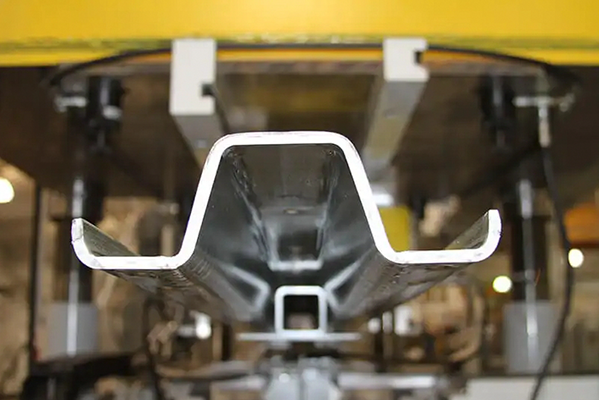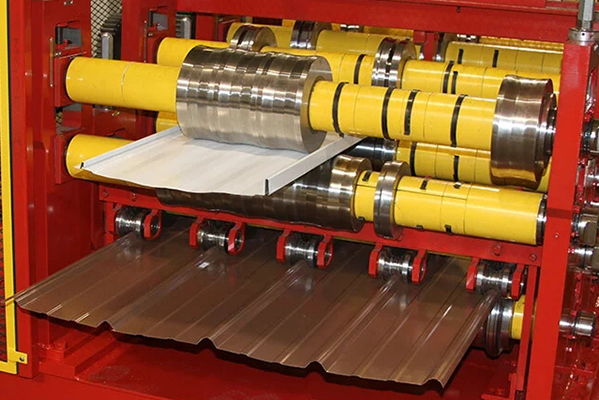Navigation Menu
Contact Us
- Email:
- info@wxavatar.com
- Address:
- Yurong Village, Yuqi Street, Huishan District, Wuxi, China.
Release Date:May 15, 2025 Visit:52 Source:Roll Forming Machine Factory
Purlin roll forming equipment has become a cornerstone in modern construction and manufacturing, especially when working with high-strength steel. This technology offers precision, efficiency, and consistency in producing purlins—essential structural components used in roofing and framing systems. But how exactly does it handle the challenges posed by high-strength steel variants? Let’s break it down in simple terms.

Understanding High-Strength Steel in Purlin Manufacturing
High-strength steel is favored in construction for its durability and load-bearing capacity. However, its increased hardness and tensile strength can make shaping and forming more challenging compared to standard steel. Purlin roll forming equipment is specifically designed to manage these properties effectively.
Key Features of Purlin Roll Forming Equipment for High-Strength Steel
1. Precision Roll Design
The rollers in purlin roll forming machines are engineered to apply gradual pressure, ensuring the steel is shaped without cracking or weakening. High-strength steel requires carefully calibrated rolls to prevent material stress and maintain structural integrity.
2. Adjustable Speed Control
Since high-strength steel is less malleable, roll forming machines often feature adjustable speed settings. Slower forming speeds help reduce stress on the material, ensuring smooth bends and consistent shapes.
3. Advanced Material Feeding Systems
To avoid misalignment or deformation, modern purlin roll forming equipment uses precision feeding mechanisms. These systems ensure the steel strip enters the rollers evenly, minimizing waste and improving accuracy.
4. Durable Tooling and Wear Resistance
High-strength steel can cause faster wear on forming tools. Quality purlin roll forming machines use hardened steel or carbide rollers to withstand prolonged use and maintain dimensional accuracy over time.
5. Computer-Aided Control Systems
Many advanced roll forming machines incorporate computerized controls to monitor pressure, speed, and alignment. This ensures consistent results, even when working with tougher steel grades.
Benefits of Using Purlin Roll Forming Equipment for High-Strength Steel
Consistent Quality: The automated process reduces human error, producing uniform purlins every time.
Cost Efficiency: Less material waste and reduced labor costs make it an economical choice.
Versatility: The same machine can often be adjusted to handle different steel grades and purlin profiles.
Strength Retention: Proper roll forming preserves the steel’s structural properties, ensuring reliable performance in construction.
Conclusion
Purlin roll forming equipment is well-suited to handle high-strength steel variants thanks to precision engineering, adjustable controls, and durable tooling. By leveraging this technology, manufacturers can produce high-quality purlins efficiently while maintaining the strength and durability required for modern construction projects.

Whether you're in the metal fabrication industry or involved in construction, understanding how purlin roll forming works with high-strength steel can help you make informed decisions for your projects. If you're considering investing in purlin roll forming equipment, look for machines that offer flexibility, durability, and precision to meet your production needs.